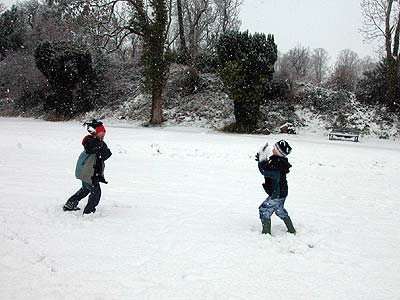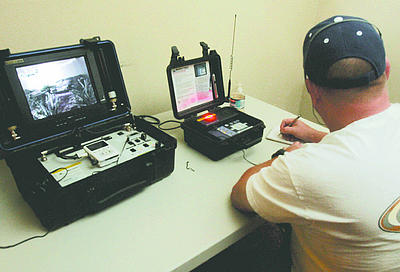This is the first of a two part Blogpost,which looks at a Boston area personal injury case where the insurer avoided payment for an accident involving a youth soccer player injured by a goal post.
PART ONE- THE UNDERLYING FACTS
In this recent appellate decision, a participant in a Sudbury youth soccer program who suffered a personal injury as the result of an accident in which a metal goal post flipped over onto him during a team practice cannot sue for any alleged negligence arising from the improper placement of the posts. The Massachusetts Supreme Judicial Court affirmed a Superior Court decision that a Massachusetts Statute, G.L. c. 231, s. 85V, protected the non-profit association from such suits.
 The Plaintiff was a twelve year old who in April, 1998, was a participant in a program run by the Sudbury Youth Soccer Association, Inc. His team practiced and played games on a field in Sudbury, Massachusetts. The association had acquired metal goal posts and nets that were used for both practices and organized matches. Welch was injured when a goal post flipped over, striking and fracturing his right leg.
The Plaintiff was a twelve year old who in April, 1998, was a participant in a program run by the Sudbury Youth Soccer Association, Inc. His team practiced and played games on a field in Sudbury, Massachusetts. The association had acquired metal goal posts and nets that were used for both practices and organized matches. Welch was injured when a goal post flipped over, striking and fracturing his right leg.
The Plaintiff filed an action against the Sudbury association in 2006, alleging it had negligently failed to maintain the goal posts in a safe and secure condition, and to warn him of the danger that existed if the goal posts were not properly anchored to the ground. Welch further alleged that he was seriously injured as a result of the association’s careless and negligent conduct.
 Boston Accident and Injury Lawyer
Boston Accident and Injury Lawyer



 If it is determined that the officer did not completely stop before proceeding, he violated a Massachusetts statute, G.L. c.89, §7B, entitled Operation of emergency vehicles , which states in part:
If it is determined that the officer did not completely stop before proceeding, he violated a Massachusetts statute, G.L. c.89, §7B, entitled Operation of emergency vehicles , which states in part:
